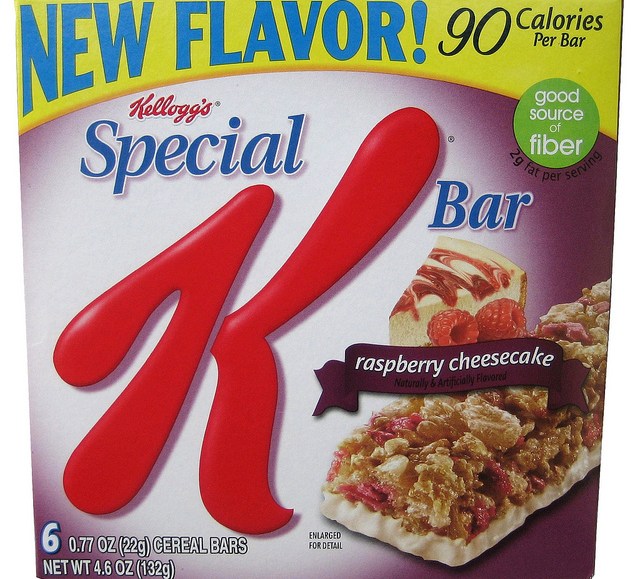Save 50% on a 3-month Digiday+ membership. Ends Dec 5.

There is a wealth of information about consumers available to marketers in social media, and there is a lot of value that data brings. A recent report from McKinsey & Co found that by 2009, companies with 1,000 employees or more already had 200 terabytes of data stored about all facets of their consumers’ lives. The struggle, of course, is how to divine signal from all that noise.
Digiday talked to Aaron Fetters, director of insights and analytics solutions at Kellogg, and he said that his company uses data in three ways: first, to inform marketing, second, to inform products and, third, to measure the brand’s equity. But with all the data now available to marketers in social media, it’s becoming a challenge to get through it all and figure out what’s most important.
What does quality social media data looks like?
Depends on how you’re looking at it. What’s your objective? So, if you’re looking to use data to inform new ideas or new products — in our case, it would be new flavors, for example — then quality data would be the kind where consumers are talking about their needs and wants. If you are mining to understand the current position of the brand, like equity tracking, then anything where consumers express some sort of feeling for the brand would be quality data in that instance. Before social media, this was done via focus groups and with online research.
Who mines the data within Kellogg?
The great thing about what we do is, we structure ourselves to cover several bases. There’s the Kellogg digital strategy group, which helps us identify our strategy in the social media space, and there’s the digital measurement side, where I — and most of my team — sit, and there’s also the management group, which consists of all the brand managers. All three mine social data. All three do it differently. From my side, we look to build insight and to generate new [product-related] ideas, and also we use data to track the value of our brand. But the social media managers are looking at opportunities to engage or ways of inserting the brands into the conversations that consumers are having. The digital strategy group uses the data to figure out how social media should play a role with Kellogg’s other digital touch-points. What I mean by this is, we should place social strategically into everything else we do. Data for us is multifunctional.
What’s the process like, picking an analytics provider for something like this?
Depends what space we are talking about and the scale of the analytics. For social, it’s an RFP process. We will do our best to give requirements like what our business objectives are from an analytics standpoint. Then, we will reach out to the industry and understand what we can get out of a partnership. That’s how we treat it, as a partnership, and not just a vendor. We’d like to work with someone we can learn from, someone who can let us influence the direction of their product. We want a two-way commitment.
Should coordinating multichannel data be keeping marketers up at night?
It is a big challenge; so yeah, it is definitely something that keeps me up at night. But the industry is starting to catch up [from a technology perspective].
Why is data both a challenge and a blessing at the same time?
The more you get the more people want. The more we put in front of brand managers, the more they want. You can’t let data become a crutch for good marketing. Measure what matters. Look at all the data available. What’s critical is understanding what matters to your business and not falling prey to paralysis by analysis. This happens too often when brands pay attention to data points so much that they lose the ability to make good decisions. If all decisions are made based on the data, you are playing it too safe.
Ad position: web_incontent_pos1
More in Marketing

Ulta, Best Buy and Adidas dominate AI holiday shopping mentions
The brands that are seeing the biggest boost from this shift in consumer behavior are some of the biggest retailers.

U.K. retailer Boots leads brand efforts to invest in ad creative’s data layer
For media dollars to make an impact, brands need ad creative that actually hits. More CMOs are investing in pre- and post-flight measurement.

‘AI is permeating everything we do’: How Guitar Center developed 2 AI tools this year
This summer, the company launched a chatbot called Rig Advisor to help customers find the right instruments and products.
Ad position: web_bfu





